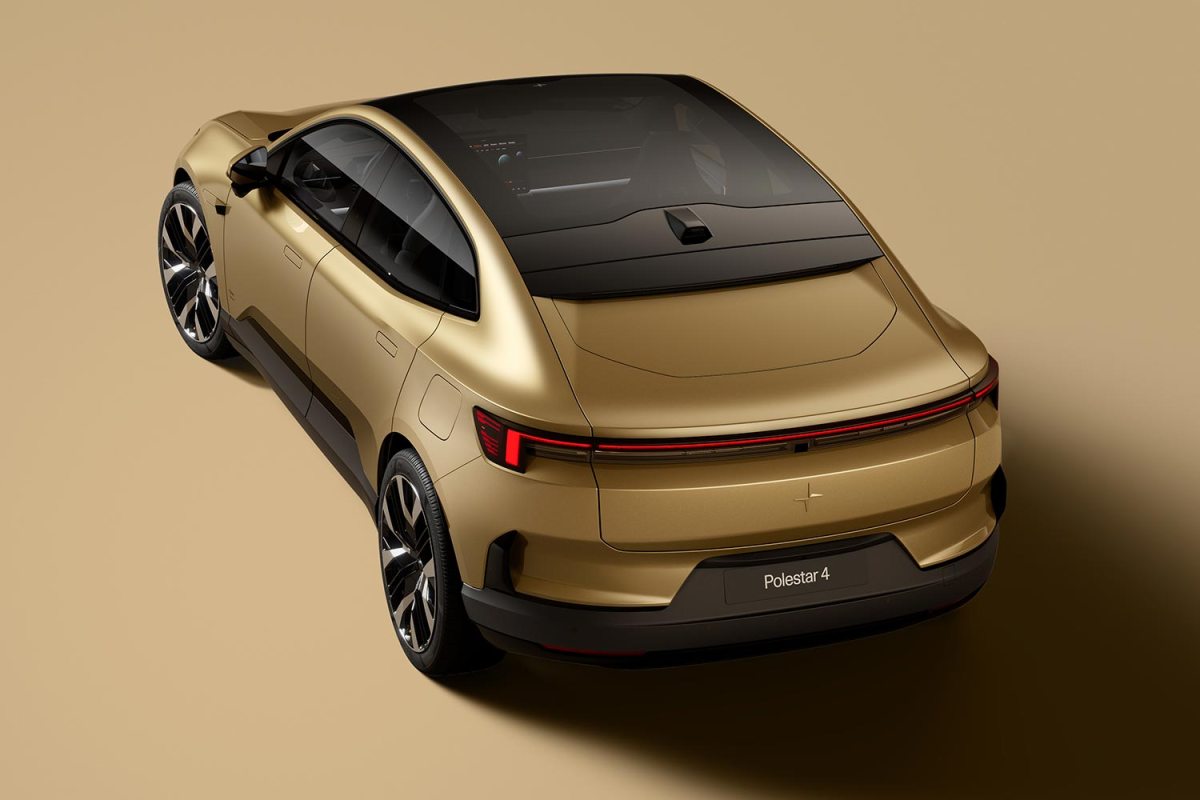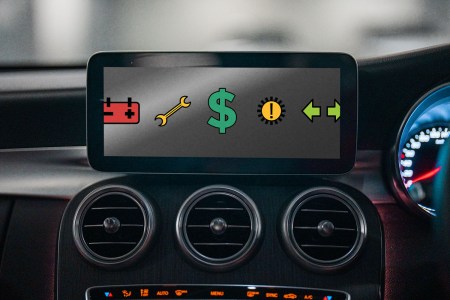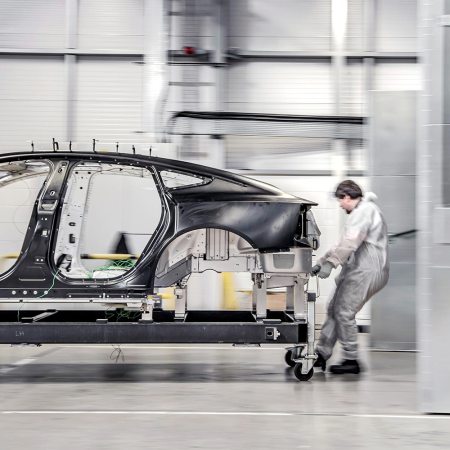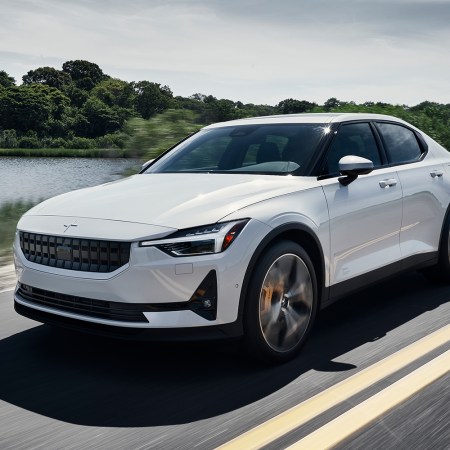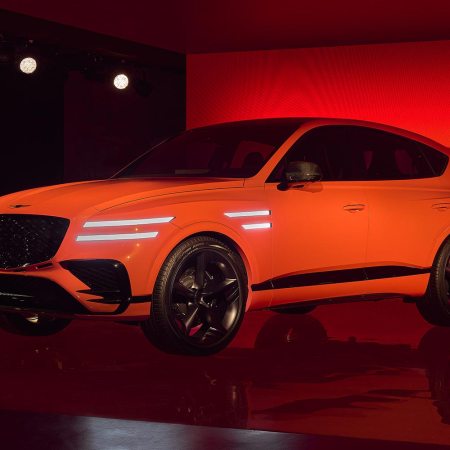Polestar is a fledgling electric vehicle brand trying to compete with the big players. It’s having a tough time, delivering 51,491 vehicles in 2022 globally compared to EV leader Tesla’s 1.31 million, but it has ambitious plans to shake up the industry. In the long-term, Polestar wants to create a climate neutral car by 2030. In the near-term, the company is starting production on two new vehicles this year, including the Polestar 4 SUV that was unveiled on Tuesday at Auto Shanghai.
Unfortunately, there’s one window-shaped hole in Polestar’s plans. That is, the Polestar 4 doesn’t have a rear window.
We’re not kidding around here. While other EV makers are focused on new battery compositions that are better for the environment and offer longer life and range, or practical designs that make it easier for EV skeptics to make the switch, Polestar is trying to convince the public that not having a rear window is actually a good thing.
“As a design-driven brand, the design of Polestar 4 showcases key elements first shown on the Polestar Precept concept car,” the company notes in a press release. “This includes eliminating the rear window, which enables a new kind of immersive rear occupant experience.”
By supposedly creating a better experience for the rear occupants, isn’t this design also making the experience for the driver exponentially worse and theoretically less safe? While Polestar didn’t immediately respond to a request for comment before this story was published (we’ll update if they do), the company lays out in the announcement how they expect this design to work.

First, there’s a roof-mounted rear-facing camera that supplies a video feed to the rearview mirror, which includes a high-definition screen. So instead of looking through a standard mirror and seeing through a back window, you’re looking at a video feed. This isn’t uncommon. A number of other vehicles have digital rearview mirrors. But those vehicles also have the option of turning your head and looking through a real window, or turning off the digital feed and switching to a standard mirror. But for this Polestar, even if you turn off the video, you still won’t be able to look through the back window — because it doesn’t exist.
Polestar has a positive spin for this problem too. “The digital feed can be deactivated to allow drivers to instead see rear occupants when needed – a convenient feature for parents transporting children in the backseat,” the press release reads. But while you’ll be able to see the kiddos, you won’t be able to see anything else right behind you.
Advanced Safety Gear Is Making Your Car More Expensive to Fix — And Potentially Dangerous to Drive — After an Accident
Sensor calibration has completely changed the body-shop experienceObviously there are some benefits to a video feed instead of a standard rearview mirror. If you’ve got the cargo space packed to the roof in another SUV, you wouldn’t be able to see out of the back anyway, so an exterior camera would provide you that view. Also, there are certain vehicles, like vans, that don’t come with rear windows either.
But this isn’t a van. This is an SUV that’s supposed to appeal to a large swath of buyers, and yet Polestar has inexplicably decided that eliminating a window is a feature to be excited about. What happens when the camera malfunctions, gets frozen over or is otherwise obscured? What happens when you want to keep an eye on your children in the backseat but you have to choose between that and seeing what’s behind your car? Having no rear window makes sense in a fully autonomous car where a robot that relies on cameras and sensors is driving you to your destination, and Polestar hints at this future by saying it “continues to push technology toward a more entertaining, connected and autonomous future in all its cars,” but we’re not even close to that autonomous future.
In the rush to make our cars high-tech and court customers based on the digital bonafides of a vehicle, automakers are missing out on what people actually want in a car: a design that makes the experience of driving easier, not harder.
A rear-window-less SUV is far more complicated than it needs to be.
Thanks for reading InsideHook. Sign up for our daily newsletter and be in the know.
